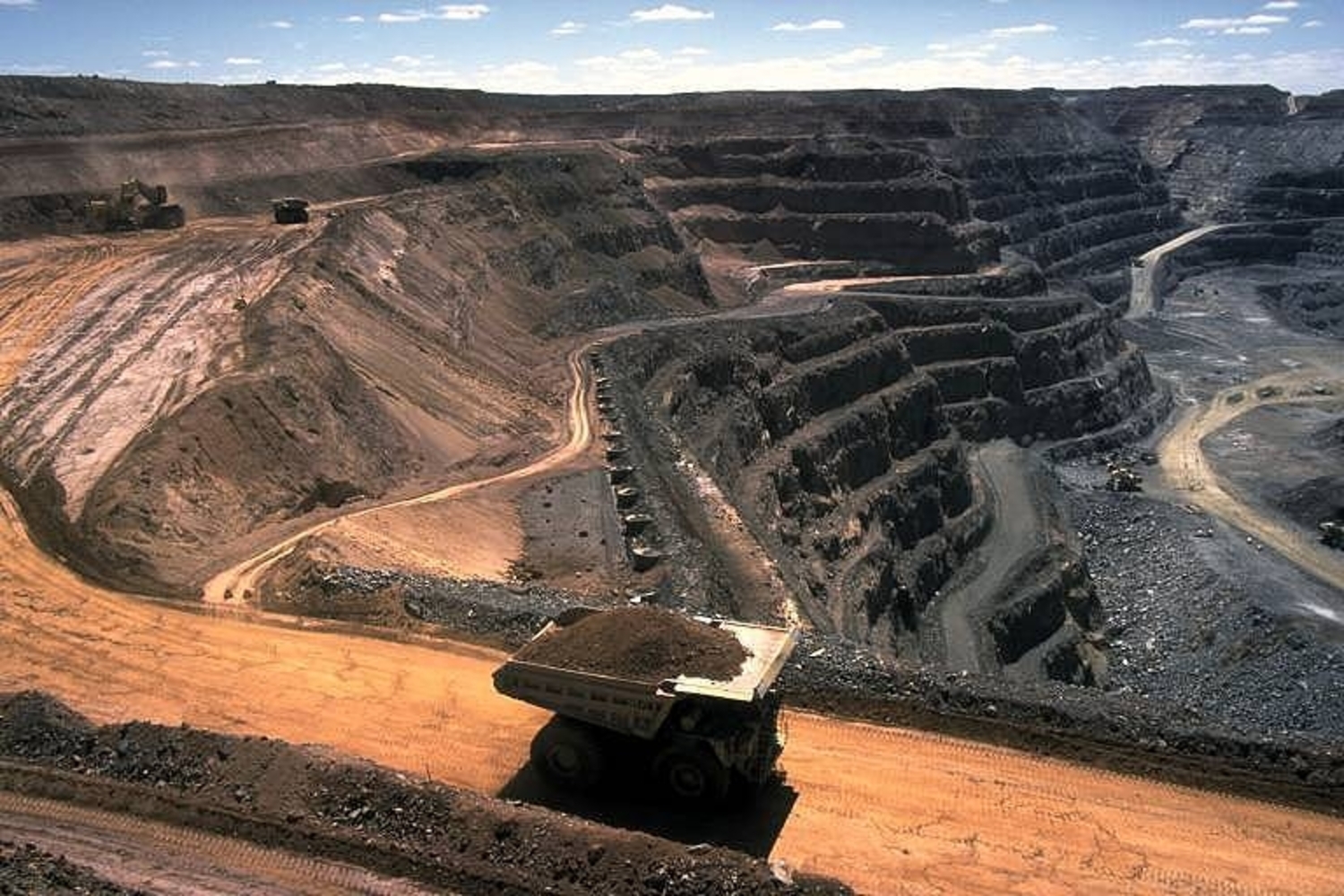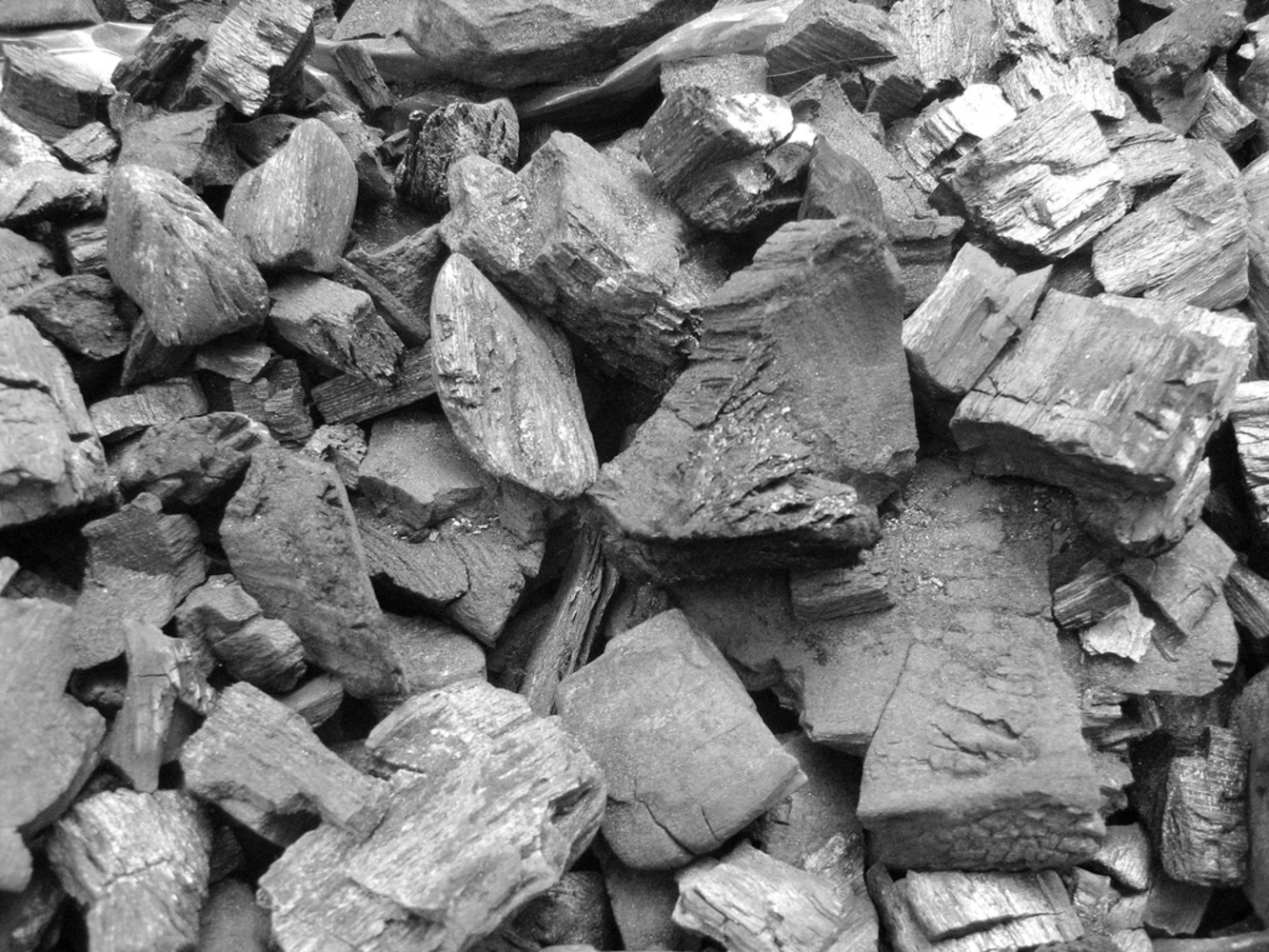Underground Coal Gasification
Interview with
Dave - Underground coal gasification is a way to get useful fuel from otherwise inaccessible coal seams that are simply un-economical to mine. To explain more we're joined by Professor Dermot Roddy from the University of Newcastle. Now Dermot, what actually is underground coal gasification?
Dermot - The easiest way of thinking about it is to remember that for the last 30 years we've been used to bringing natural gas into our homes from the North Sea. Before that the gas came from the local gas works. There you would gasify coal to turn it into a mixture of hydrogen and carbon monoxide and that's what we brought into your homes. With underground coal gasification the difference is that you don't have to mine the coal before you gasify it. So you're injecting oxygen and steam into the coal while it's still in the coal seam.
Dave - So, if you're injecting oxygen and steam, there's some chemical reaction going on underground to turn it into a gas?
Dermot - That's right. It's the same as what would have happened in a gas works. The idea is that you drill down into the ground maybe 800 metres or more and then you can deviate the drill, turn it through an angle, and follow that coal seam as far as you want before drilling a larger hole down to meet it. When you inject oxygen and steam into that maybe 8cm diameter hole, you start to gasify the coal. You bring that gas, that synthesis gas, up to the surface.
Dave - So what do you use this synthesis or syn-gas for?
Dermot - Some people would use it for generating electricity because you can use it much the same way as you would use natural gas in a combine cycled gas turbine. Alternatively you can use it, as it's been done for many years in South Africa, for synthesising fuels like your petrol and diesel and so on. Or if you want, and we tend to do this up here in the Northeast, you can use synthesis gas to make chemicals, polymers, and so on.
Dave - Okay, so it's obviously a useful thing. I guess you can get to coal seams you couldn't do otherwise because they're too small or in too awkward places?
Dermot - That's right. We're particularly interested in deep seams because you want to go down well below the top of the water table, down to the point where you find permanently unusable water, so you're deliberately going very deep underground. In the UK for example it was very unusual to go down below say 250 metres. Here we're saying we want to go down at least 800 metres and you can certainly get into very thin coal seams. What that means a practical terms is that whereas in the past a respectable coal mine made upwards of just 1 or 2 million tons of coal per year, the UK has got about 50,000 million tons of coal that nobody has any intention of ever mining. So that's the size of the venture. It's not just the odd little coal seam here or there that you might want to do this with. You're talking about a thousand years worth of electricity generation, or something like that, from coal that today people wouldn't think of mining.
Dave - So if you're pumping steam down these pipes, I guess this reaction has got to be quite hot to happen. Does this mean there's an energy penalty involved in converting the coal from a solid into the gas?
 Dermot - One way of looking at it is if you didn't do this, all of the energy would remain underground and you will never get to use it. You want to bring as much of the energy that's in the coal up to the surface. If you just burn coal you release all of the energy. The whole point in gas works or in underground coal gasification is that you partially combust the material so that actually, most of the energy is still in the gas when you bring it to the surface. That's the whole point because then you're saying, "This gas is a source of energy. I haven't actually used up very much of the energy in this partial combustion reaction that turns coal into hydrogen and carbon monoxide".
Dermot - One way of looking at it is if you didn't do this, all of the energy would remain underground and you will never get to use it. You want to bring as much of the energy that's in the coal up to the surface. If you just burn coal you release all of the energy. The whole point in gas works or in underground coal gasification is that you partially combust the material so that actually, most of the energy is still in the gas when you bring it to the surface. That's the whole point because then you're saying, "This gas is a source of energy. I haven't actually used up very much of the energy in this partial combustion reaction that turns coal into hydrogen and carbon monoxide".
Dave - I guess just mining conventional coal is actually quite an energy intensive process. How does this compare with the conventional mine?
Dermot - There's very little experience of actually mining at these kinds of depths. I think the other thing you find with mining at these kinds of depths is that it's incredibly dangerous. You look at the death rates that people are accepting for deep seam mining, in places like Russia and China, and you really wouldn't be able to do that in Europe. I think from an energy point of view, you expect that about 80% or 85% of the energy that's in the coal now will end up coming to the surface. The rest you lose.
Dave - Okay, so this is actually quite a useful technology.
Dermot - Absolutely, yes.
Dave - Are there any other environmental impacts? Other than just the fact I guess that you're burning coal, which is not ideal in terms of carbon dioxide.
Dermot - From my point of view, I would say, if you want to do this in the UK or in Europe you absolutely must have a carbon management strategy or nobody is going to allow you to do it - nor should they actually in my opinion! When people talk about carbon capture and storage, that's a technology that should be used in all coal fired power generation. My view would be that the exact same applies with underground coal gasification. So it should only really be used in conjunction with some kind of a carbon management plan. You have to capture the carbon dioxide. With integrated gasification combined cycle technology you capture the carbon dioxide first, before you put the hydrogen rich gas through your gas turbines. Then once you've captured it you do something with it. You can put it in the pipeline and people write extensively about that. We're working on technology that would put the carbon dioxide back into the void you've just created in the coal seam. There are other people who say they've got clever ways of using carbon dioxide as a chemical feedstock, but in the UK context or European context underground coal gasification is a complete non-starter unless you've actually got a carbon management plan.
Dave - Brilliant! Thank you very much, Dermot Roddy from the Sir Joseph Swan Institute for Energy at Newcastle University.










Comments
Add a comment